
Smart mobility: towards more sustainable urban mobility
How are Télécom SudParis and its researchers working on the city of the future, and on mobility in particular? What models do they use to simulate the behavior of a general population, a transport network or a city? Andréa Araldo, teacher-researcher, answers our questions.
Sciences Num. : You're working on the city of the future, and in particular on mobility. What projects are you working on?
AA: I'm studying ways of making our cities more sustainable through the intelligent deployment of new mobility services, in particular on-demand mobility. When I talk about sustainability, I'm thinking of the three pillars of sustainability: environmental, economic and social.
SN: How do you work?
I use several approaches. Mathematical model optimization, graph theory and agent-based simulation. In agent-based simulation, we have econometric models that seek to model the way we make choices, because we are faced with several options. This applies to many aspects of our lives.
This also applies to mobility. When you have to decide whether to take the car or the bus, or whether to choose A or B, you're faced with a choice between several options. There are econometric models that can quantify the probability of choosing one action over another. These models can be used to simulate the behavior of the general population in a city's transport network.
SN : For example, you're working on a project funded by the ANR, the French National Research Agency.
The project is called MUTAS. The aim of this project is to make our lives more accessible. The accessibility of a place measures how many opportunities it is possible to reach in a limited time. Good accessibility means reaching several schools, several health establishments, several stores in a limited time. Clearly, this depends on regional planning and the transport network that enables us to move around these areas.
At present, accessibility is very unevenly distributed across an urban area. In the city center, accessibility is good, while in the suburbs it is very poor. The aim of the MUTAS project is to use on-demand transport, deploying it where necessary to increase accessibility in areas that are currently inaccessible.
SN : Your work is in the field of fundamental research. Is it of interest to institutions or private players?
AA: This is indeed academic research. However, I'm seeing growing interest from both public and private players. For example, we've written projects with a company involved in on-demand transport. I've also been approached by private companies in the car manufacturing sector to go further on the subject of intelligent mobility.
SN: Were you surprised that manufacturers came to you?
AA: It is indeed a surprise to find that carmakers, both in France and around the world, are speaking out against their traditional business model. They agree that the "autosolism" model of dependence on the private car is no longer sustainable, and that we need to convince people to leave their cars at home and find more sustainable ways of getting around an area. We need to find new mobility and business models to guarantee more sustainable mobility. For me, this speech came as a surprise.
SN: After this first project with the ANR, what would you like to do next?
AA: First and foremost, I'd hire young researchers, because that's what's most important for this type of research. We need hardware, computing power and servers, but that's secondary. The most important material is brains, ideas and intellectual work to find the most appropriate and sustainable mobility solutions.
SN: What lines of research would you develop with these young researchers?
AA: I'd like to generalize my research to several cities around the world. Build a sort of data base of the world's cities and the potential these cities have in the future thanks to the development of intelligent mobility and on-demand mobility.
SN: Are you looking to create models that can be used by cities or authorities?
AA: I'd like to create models that can be used by researchers - that would be the first step. The second step would be to make the models usable by transport and decision-making authorities. And the third stage, perhaps the most ambitious, is to make these models usable by the general public, to involve everyone in the choice of sustainable mobility.
SN : Andrea, you say you want to start by applying your work to Paris and the IDF region, why?
AA: Because that's where I live and that's where I struggle to get to work every day! Ile-de-France is a very dense region in the center, in Paris, and much less dense in the suburbs, and we all experience a very poor quality of service in the suburbs. We all realize that something needs to be improved. The suburbs of the Ile de France are an obvious place to show the benefits of on-demand mobility, and how everyone's quality of life can be improved by better access to opportunities.
SN: Andrea Araldo, what can we wish you right now?
AA: I'd like my project to help make us all smarter, to replace that endless line of cars all going in the same direction with intelligent shuttles that take peripheral users back to collection points and long-range vehicles that can transport people all going in the same direction together. In the time it takes me to get home, I'll be thinking about how much we could improve the mobility situation, and I hope my project can contribute to that.
SN: I hope so, because many of us are hoping for it, and it's one of tomorrow's great challenges. Thank you Andrea Araldo.
AA: Thank you.
Interview by Annick de Chenay
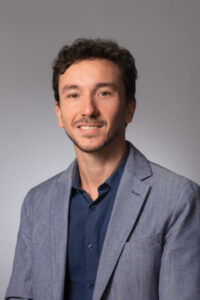
Andrea Araldo
Senior Lecturer
RST Telecoms Networks and Services Department
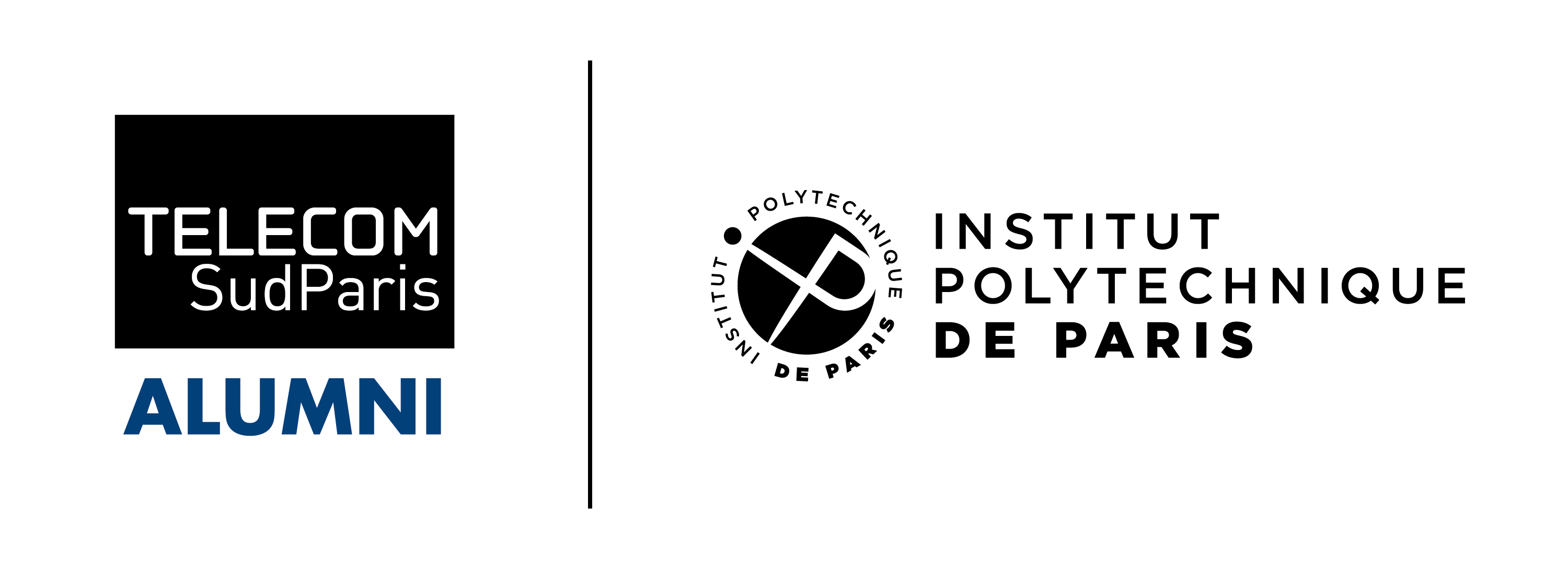









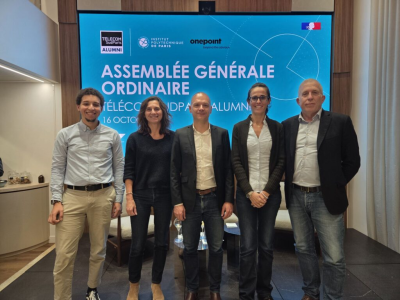
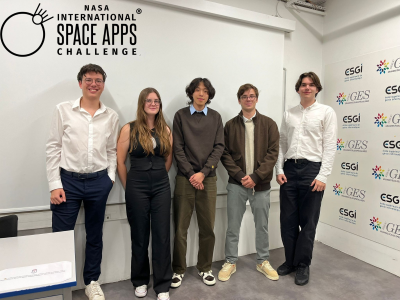

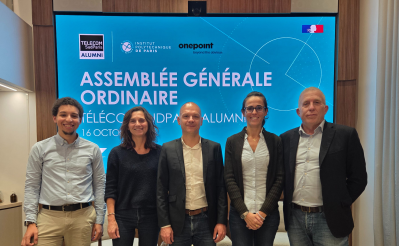



No comment
Log in to post comment. Log in.